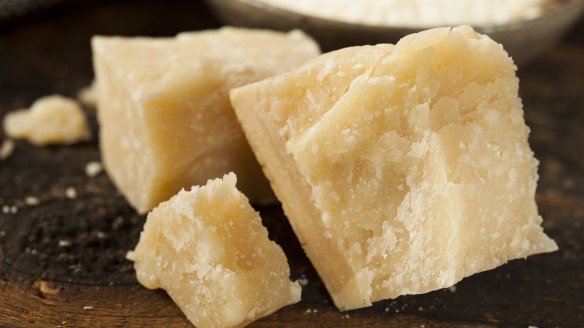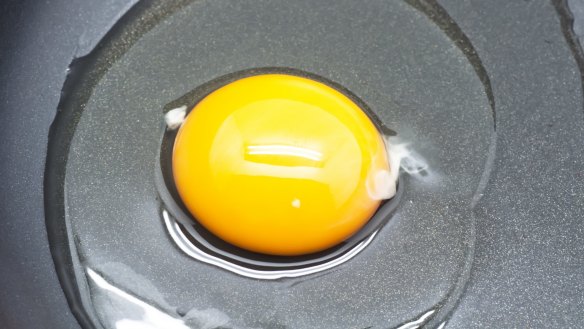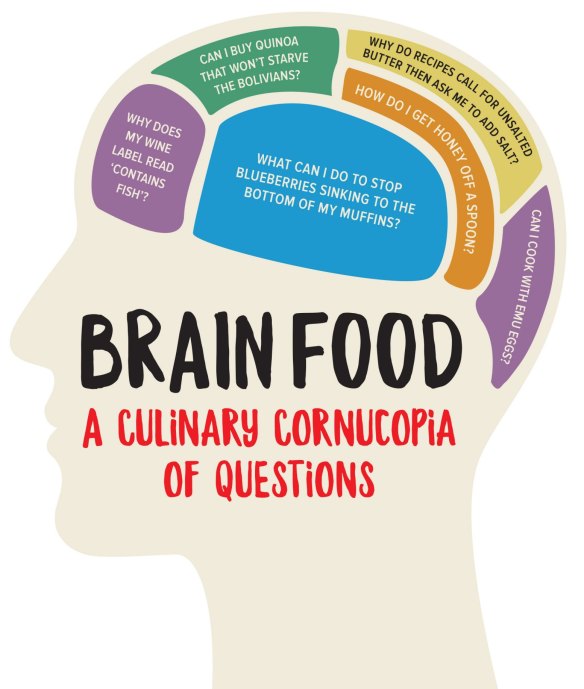Are the crunchy crystals in parmesan safe to eat?

What is that crunchy stuff in parmesan. Is it safe to eat? P. Ritter
These "cheese crystals" or "flavour crystals" are the result of the fat and protein breaking down naturally as the cheese ages. In parmesan you will find both tyrosine and calcium lactate crystals. Tyrosine is a non-essential amino acid that is a constituent part of the milk protein casein.
Calcium lactate is a salt formed from the calcium and the milk sugar lactose found naturally in the milk as it becomes cheese. These crystals activate the savoury tastebuds to make the cheese taste more delicious but they also help remineralise the calcium in teeth and are used as stomach antacid.

Does that funny squiggly bit in an egg white mean that the rooster has been in the hen house? K. Rundell
The modern chook farm, from the caged birds in their little batteries to the bucolic idylls of true free-range farms are strictly rooster-free zones. The breeding is done off-site via artificial insemination. Think of a poultry version of prison drama Wentworth crossed with a dystopian sci-fi thriller, because, after hatching, the chickens are sexed and the males destroyed. In an egg, the yolk sits in a membrane inside the albumen, which itself is housed within a membrane lining the shell. If it were not for the two squiggly spiral bands called chalaza holding the egg in place, the yolk would simply float around the albumen. Chalaza is a funny word, apparently from the Greek for "hailstone", perhaps based on its resemblance to a lump of ice.
What is hydrolised vegetable protein? D. Rance

It's a chemical added to food because the food processing industry uses ingredients and processes that remove the natural flavour and therefore need to replace it with chemical simulacra. You'll find hydrolised vegetable protein added to a lot of savoury packaged food to make the food seem delicious. It is made by boiling wheat, corn, soy or other vegetables in hydrochloric acid. The acid breaks down the proteins into their component amino acids. This strange concoction is then neutralised with sodium hydroxide. One of the amino acids is glutamic acid. It stimulates the parts of the tastebuds that detect amino acids such as glutamic acid that make food taste delicious – a sensation the Japanese call umami. I can't help feeling that if manufacturers used good ingredients and made the food properly, they wouldn't need to use such chemical trickery.
Send your vexing culinary conundrums to brainfood@richardcornish.com.au or tweet to @Realbrainfood.
Brain Food by Richard Cornish is out now from MUP (RRP $19.99, eBook $11.99).
Appears in these collections
- More:
- Food
- Brain food
